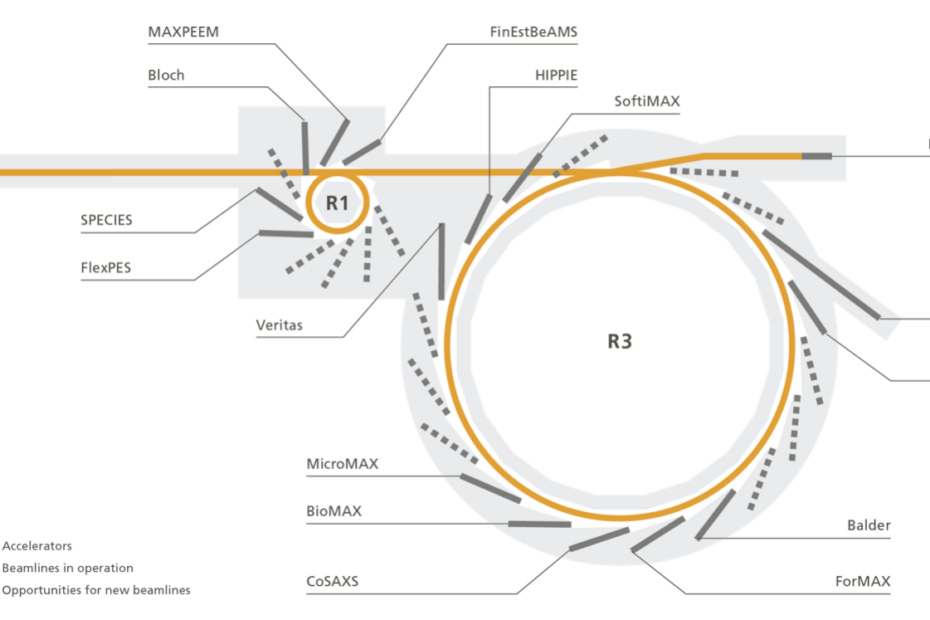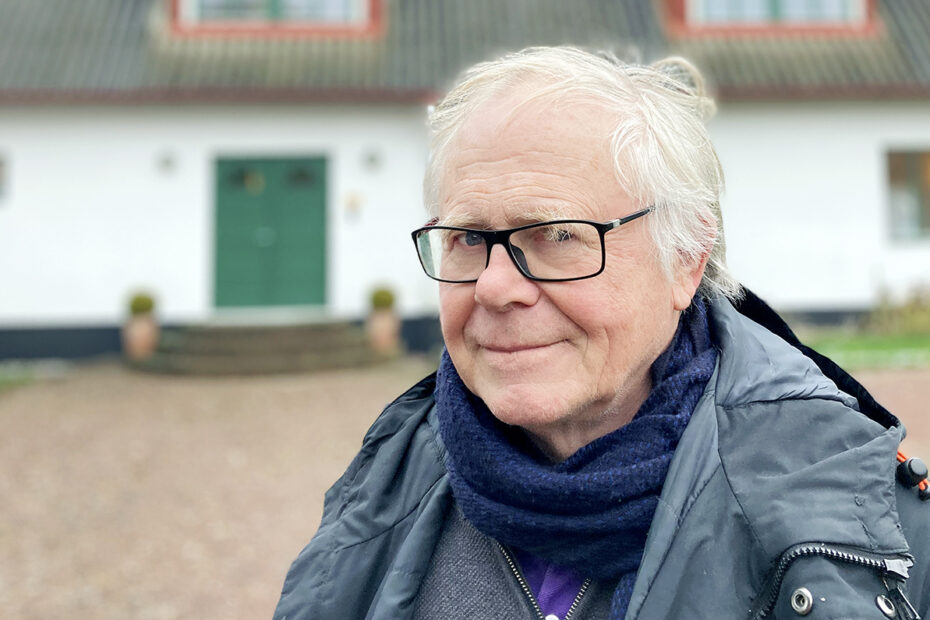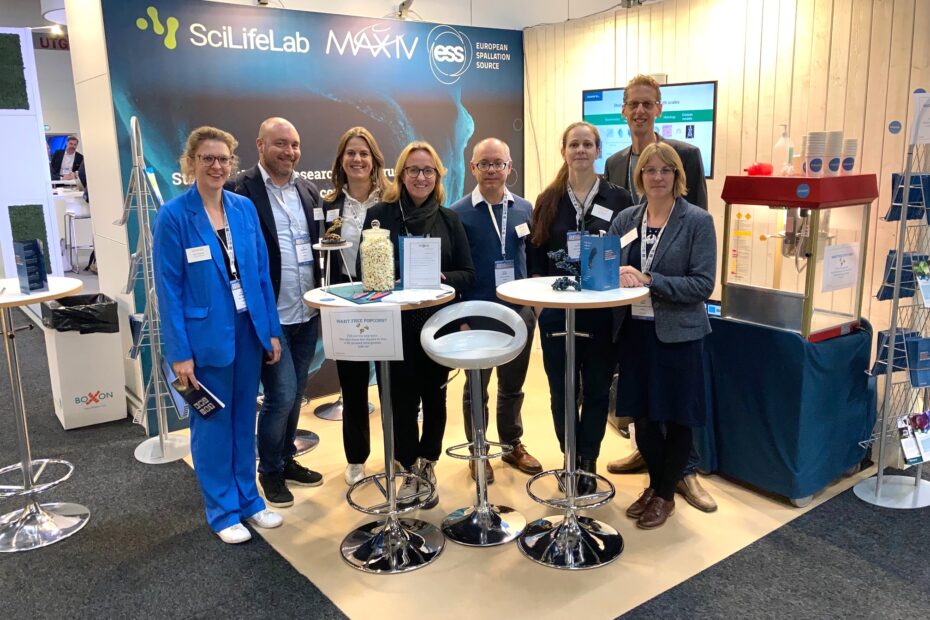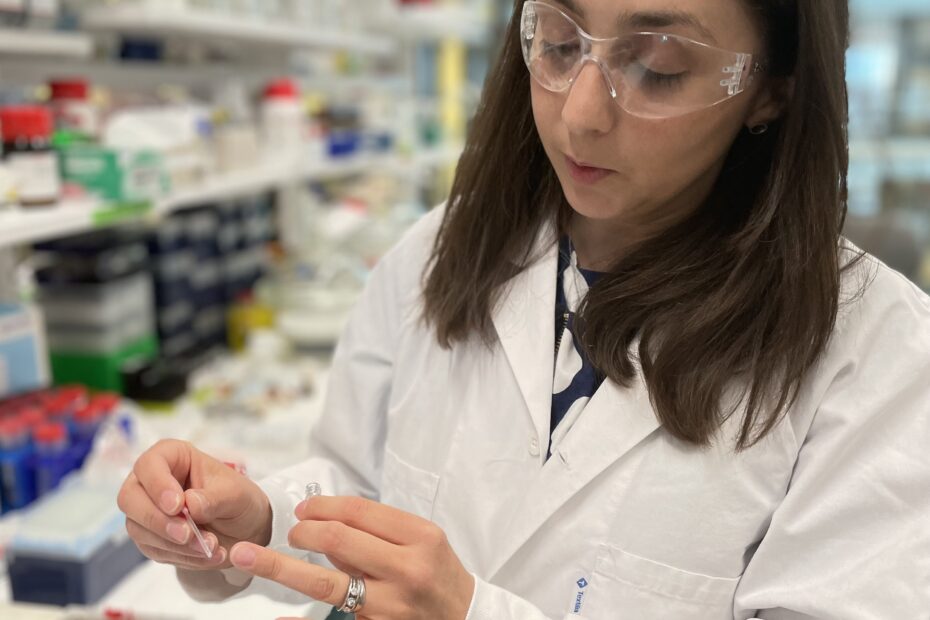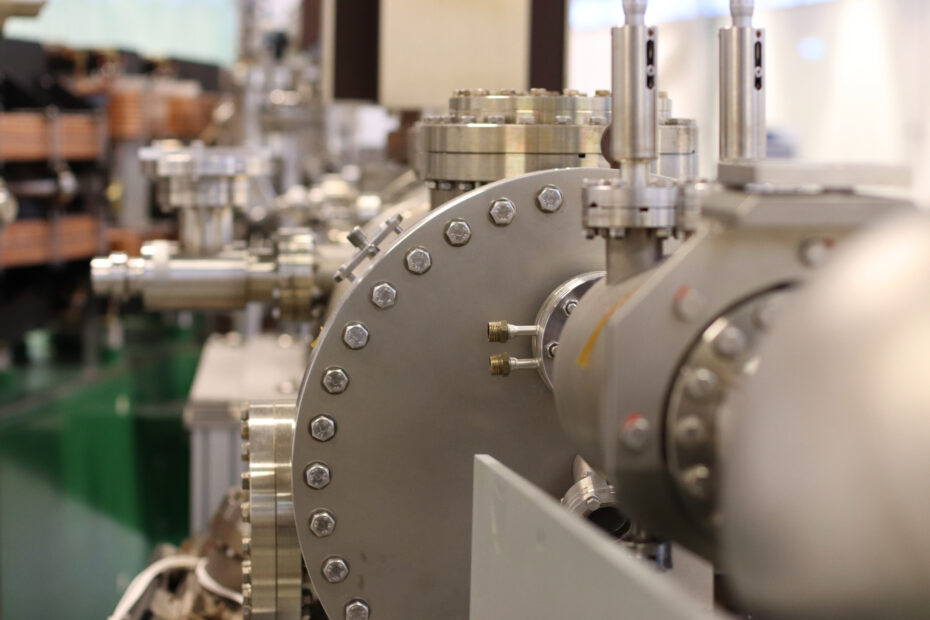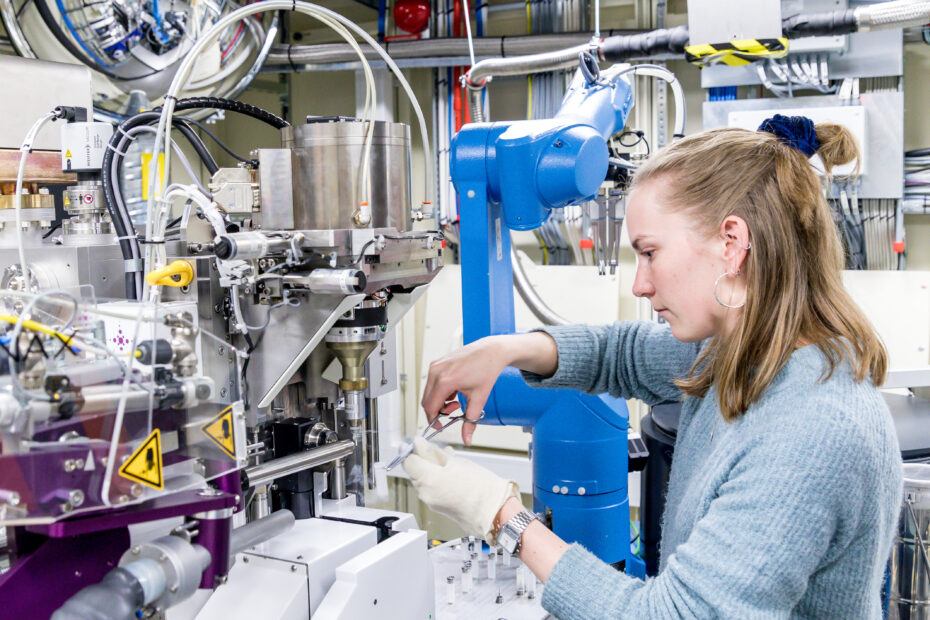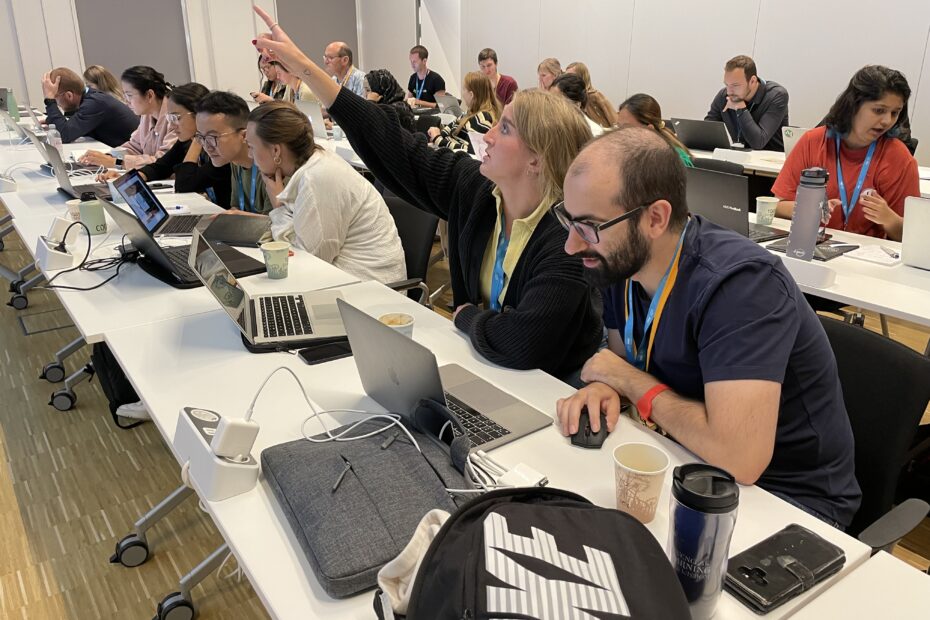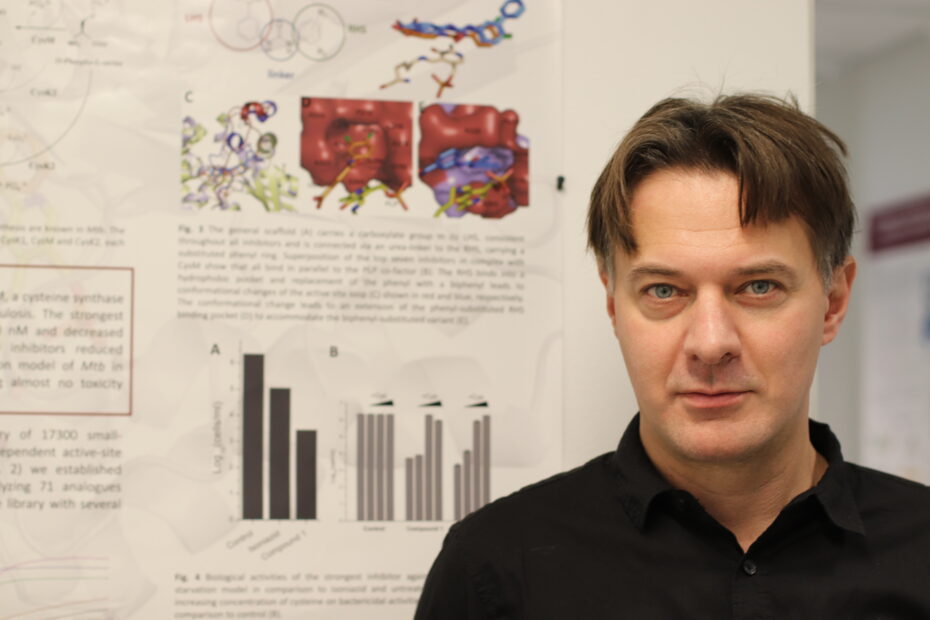InfraLife presenting at Integrated Structural Biology workshop
The integrated structural biology pipeline, intro slide at workshop. August 23-24th 2023 This workshop initiative sprung out of the earlier InfraLife Integrative structural biology course… Read More »InfraLife presenting at Integrated Structural Biology workshop

